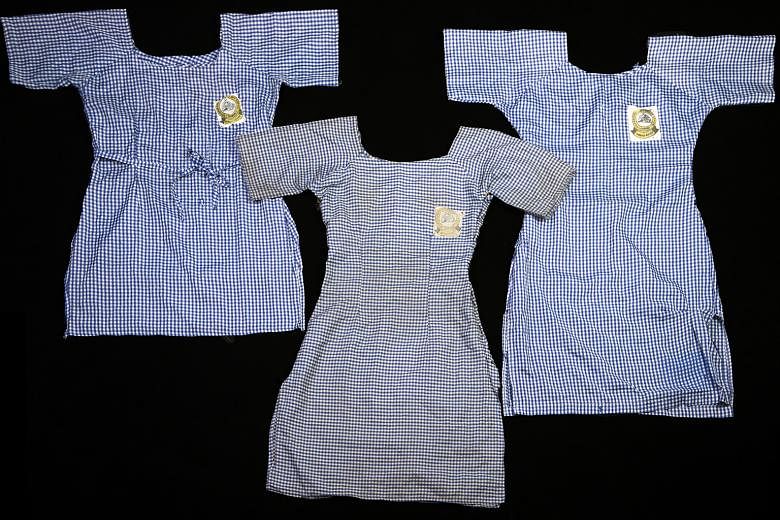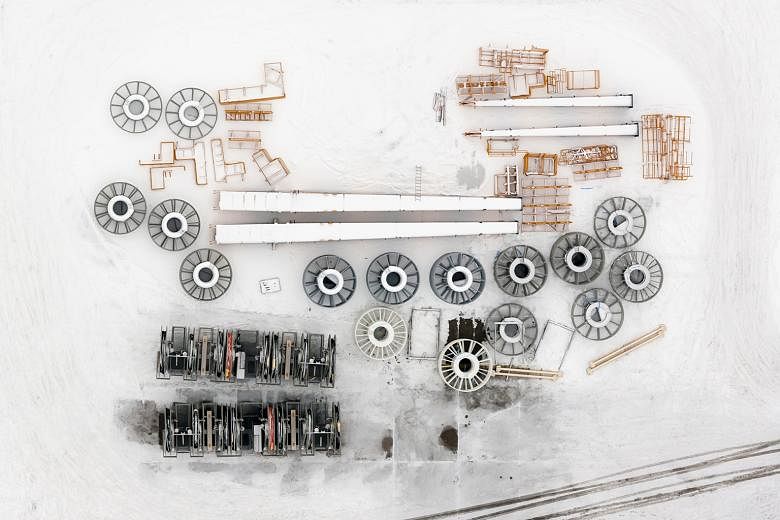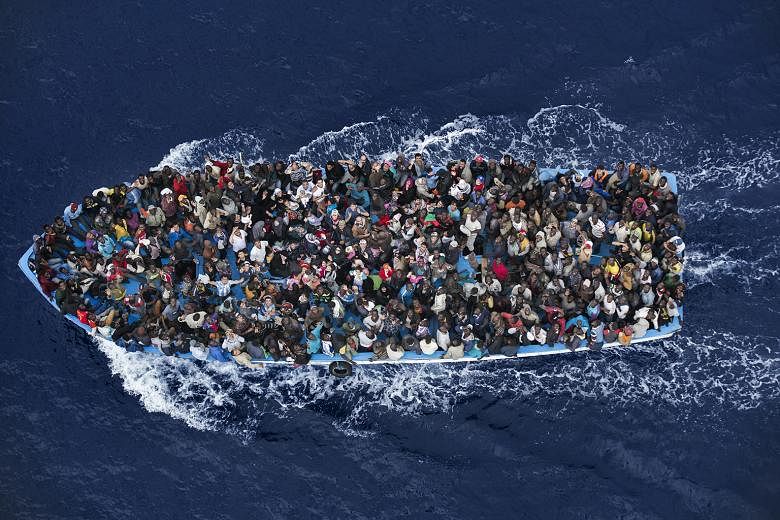The 58th edition of the World Press Photo exhibition is now on at the National Museum of Singapore. Presented by The Straits Times, the exhibition features 145 winning images from the prestigious World Press Photo 2015 contest, which drew 97,912 entries by 5,692 photographers from 131 countries last year. With around 100 local exhibitions every year, the World Press Photo exhibition tour of prize-winning photographs is the most popular travelling photo event in the world. The contest is organised by the World Press Photo Foundation, an independent, non-profit organisation founded in 1955 in the Netherlands. This annual contest is regarded as the "Oscars" of photojournalism. The exhibition is on daily from 10am to 7pm until Feb 21 at the National Museum's Concourse (Level 1) and The Canyon (Basement 1), and is open to the public. Admission is free. There are guided tours every Saturday and Sunday, at 11am and 2pm (limited to 20 people each session, registration is on site). Listen to Straits Times photojournalists Kevin Lim, Neo Xiaobin, Desmond Lim and Alphonsus Chern talk about different aspects of photojournalism in Singapore at 11am and 1pm today. Pre-registration is required and can be done at www.straitstimes.com/tags/st-world-press-photo.








